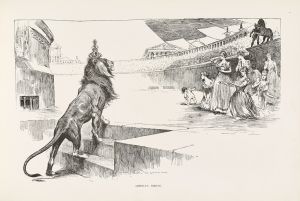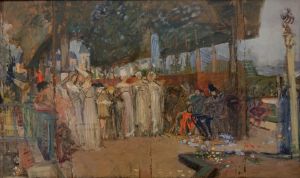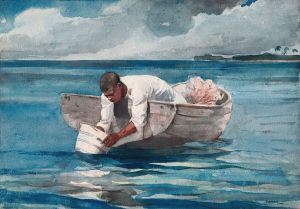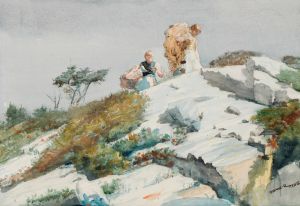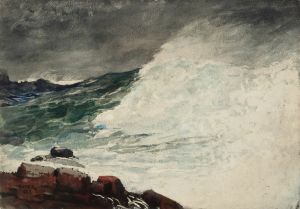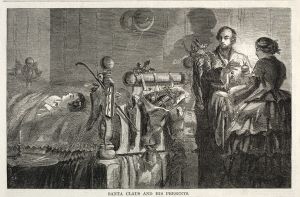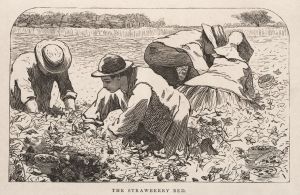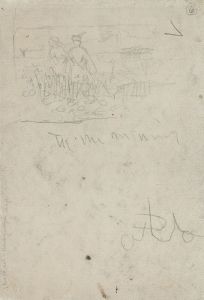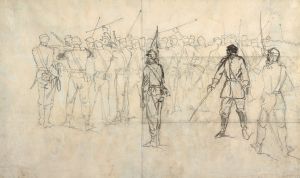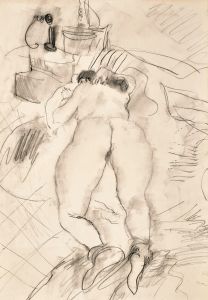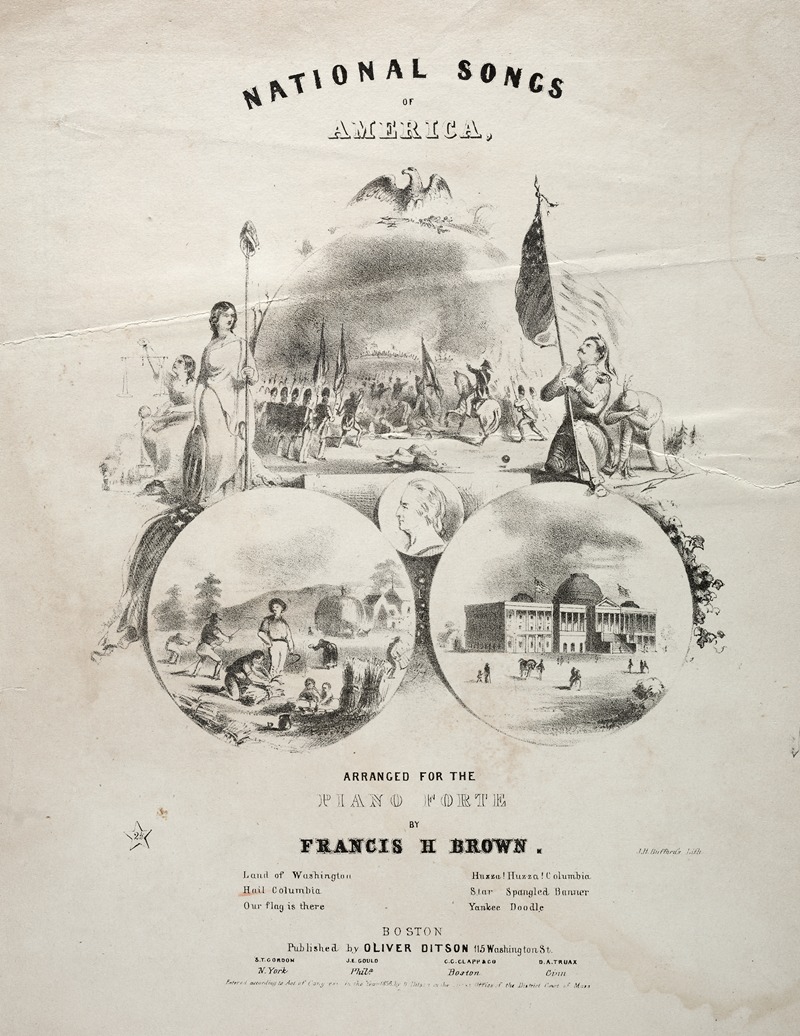
National Songs of America – Sheet Music Cover
A hand-painted replica of Winslow Homer’s masterpiece National Songs of America – Sheet Music Cover, meticulously crafted by professional artists to capture the true essence of the original. Each piece is created with museum-quality canvas and rare mineral pigments, carefully painted by experienced artists with delicate brushstrokes and rich, layered colors to perfectly recreate the texture of the original artwork. Unlike machine-printed reproductions, this hand-painted version brings the painting to life, infused with the artist’s emotions and skill in every stroke. Whether for personal collection or home decoration, it instantly elevates the artistic atmosphere of any space.
Winslow Homer, a prominent American artist known for his contributions to 19th-century art, created the illustration titled National Songs of America – Sheet Music Cover in 1862. This work was produced during the American Civil War, a period when patriotic sentiment and national identity were central themes in American culture. The illustration served as the cover art for a collection of sheet music, which was a popular medium for disseminating music in the 19th century.
The artwork reflects Homer’s early career as a commercial illustrator. Before gaining fame as a painter, Homer worked for various publications, including Harper's Weekly, where he created engravings and illustrations. His work during this time often depicted scenes of American life, including wartime imagery, and contributed to the visual culture of the Civil War era.
The National Songs of America cover features a composition that emphasizes themes of patriotism and unity. It includes allegorical and symbolic elements, such as representations of national pride and possibly figures that evoke the ideals of liberty and freedom. The design was intended to appeal to a wide audience, resonating with the patriotic fervor of the time. Sheet music covers like this one were not only functional but also served as decorative and collectible items, reflecting the importance of music in 19th-century American households.
Homer’s work on this piece is an example of his skill in creating detailed and evocative imagery, even within the constraints of commercial illustration. While he is best known today for his later paintings, particularly his seascapes and depictions of rural life, his early illustrations played a significant role in establishing his reputation as an artist.
This illustration is part of Homer’s broader body of work that captures the cultural and historical context of the United States during the mid-19th century. It provides insight into the ways art and music intersected to shape and reflect national identity during a tumultuous period in American history.





